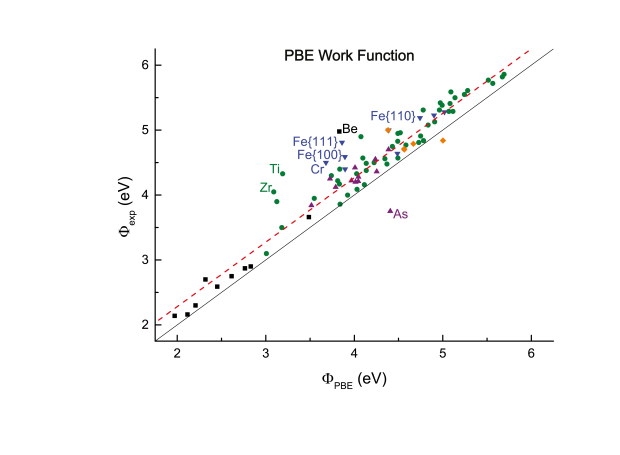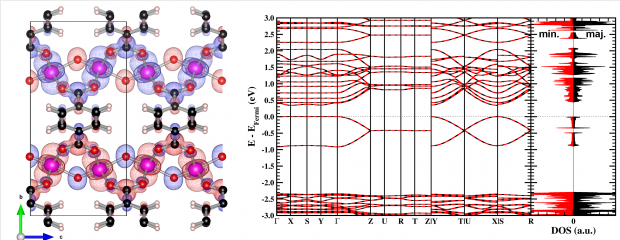Precision of Electric-Field Gradient Predictions by Density Functional Theory and Implications for the Nuclear Quadrupole Moment and Its Error Bar of the 111Cd 245 keV 5/2+ Level
Abstract
We present ab initio calculated electric-field gradient tensors at Cd sites in a set of simple. yet diverse noncubic metals. By combining these predictions with carefully selected published experimental data, the nuclear quadrupole moment of the 245 keV 5/2(+) level of Cd-111 is determined to be 0.76(2) b. Knowing this quadrupole moment is important for time-differential perturbed angular correlation spectroscopy: decades of experimentally obtained nuclear quadrupole coupling constants for solids can now be more reliably converted into electronic structure information. For nuclear physics systematics, this is a rare opportunity to have reliable quadrupole moment information for a short-lived, level, that is not accessible to regular experimental methods. Much effort is spent on the determination of a meaningful error bar, which is an-aspect that gained only recently more attention in the context of density-functional theory predictions. This required assessing the numerical uncertainty in density functional theory predictions for electric-field gradient-tensors in solids. In contrast to quantum chemistry methods, these density functional theory predictions cannot detect systematic errors. By comparing our quadrupole moment value with an independent value Obtained from quantum chemistry calculations and experiment, we show that systematic errors are small for the systems studied here. Yet; there are indications that-density functional theory underestimates by a few percent the electric-field gradient, and therefore overestimates the quadrupole Moment by the saute amount. We point out which future work needs' to be done to characterize the possible deviations inherent to density functional theory.


 Open Access version available at
Open Access version available at 